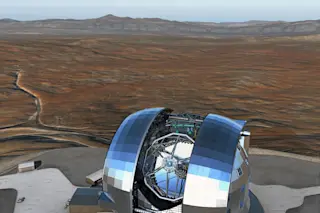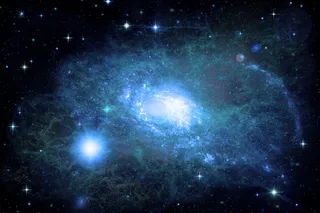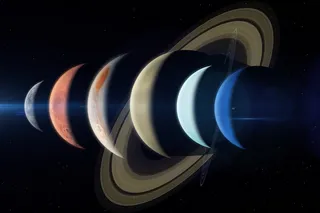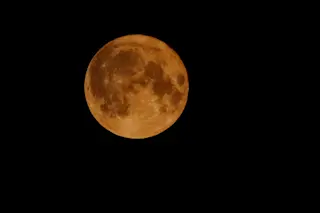When the Hooker Telescope first looked skyward in 1917, no one knew what wonders it might reveal. Within a decade, astronomer Edwin Hubble used it — then the largest telescope in the world, at 100 inches across — to discover that galaxies exist beyond the Milky Way, and that the universe is expanding.
History repeated itself starting in 1949, when the 200-inch Hale Telescope took its first photograph of the night sky. In the early 1960s, astronomer Maarten Schmidt used the instrument to analyze unusual, “quasi-stellar radio sources”— quasars for short. These turned out to be supermassive black holes accreting matter in the centers of galaxies, a science-fiction fantasy when the Hale Telescope was built.
By the 1990s, technology advanced far enough to usher in an era of telescopes 8 to 10 meters across (26 to 33 feet), and the same story played out once more. With an essential assist ...















